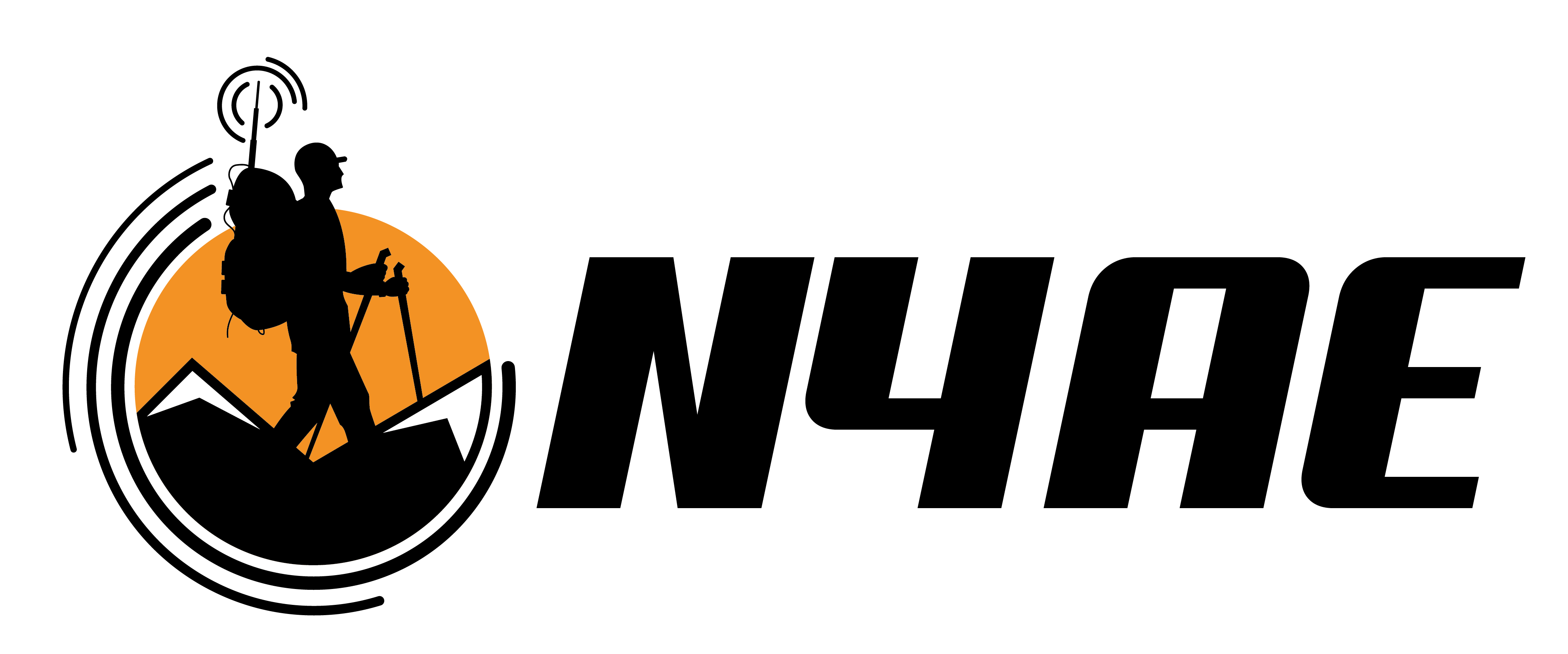Analysis: New Allocations for Amateur Radio
The FCC has released its Report and Order regarding implementation of the Final Acts of the World Radiocommunications Conference of 2012. In its order, the Amateur Radio Service received secondary access to 472 to 479 kHz and 135.7 to 137.8 kHz.
Here’s my quick analysis on the Commission’s decision.
2200 Meter Band
- Frequency Allocation: 135.7 to 137.8 kHz
- Emissions: Phone, RTTY, Data, and Image
- Transmitter Power: 1.5 kW PEP
- Radiated Power Limit: 1 W EIRP (60.9 mW ERP)
- License Class: General, Advanced, Extra
630 Meter Band
- Frequency Allocation: 472 to 479 kHz
- Emissions: Phone, RTTY, Data, and Image
- Transmitter Power: 500 W PEP
- Radiated Power Limit: 5 W EIRP (2.95 W ERP)
- License Class: General, Advanced, Extra
Frequency Sharing with Part 15 Users
The Utilities Telecom Council successfully lobbied for restrictions on Amateur activities in both the 2200 Meter and 630 Meter bands. Before an Amateur Station can operate in these bands, they must first notify the UTC of their intent. If the UTC objects to the operation, it appears that the Amateur Station cannot operate in these bands. This is an unusual restriction because it marks the first time an unlicensed Part 15 operator (Power Line Carriers) can influence a licensed service.
Fortunately, if the Amateur Station is more than one kilometer from a power line using PLC technology, then the UTC cannot object to the Amateur Station. Also, once the Amateur Station has “coordinated” his station for operation, no new PLC technology can go into operation on the bands occupied by the Amateur.
Personally, I see value in claiming the 2200 and 630 meter allocation once the Commission adopts rules. In doing so, the Amateur licensee will assert his primary status over the utility operator and force any planned PLC technology to operate in other segments of the LF spectrum.
Antenna Height Restrictions
The Utilities Telecom Council also lobbied for antenna height restrictions in both bands. Amateurs cannot erect antennas higher than 60 meters above the ground. This restriction is symbolic because few Amateur Stations have towers taller than 197 feet.
My concern with the height restriction sets a precedent that may have future impact on PRB-1 disputes. I could see local zoning boards looking to the rules on this restriction and say that a tower must remain under 60 meters because there is a possibility that the Amateur Station might operate on those bands.
Radio Buoys at 1900 to 2000 kHz
During the comment period on this proceeding, I filed comments opposing radio buoys in the 160 meter band.
Despite receiving zero comments in support of the allocation by commercial fishing interests (or from the manufacturers of radio buoys), the Commission virtually ignored Amateur Service concerns about these radiolocation devices.
In effect, the Commission has accepted “squatting” as a regulatory strategy where a company can market a transmitter in violation of the rules, achieve significant market saturation, and then petition for permanent waivers for their use. This is a slippery slope for the Commission, and I hope the Pirate FM Broadcasters use this strategy to backdoor authorization for their broadcast service.
Well, not really, but it is an analogy of that happened in this radio buoy case.
Final Comments
I am very glad to see the United States complete the adoption of the WARC-12 proceedings. Amateur Radio remains a viable experimental service, and can further the radio art by operating in parts of radio spectrum that have fundamentally difference characteristics from every band we already use.
Personally, I look forward to experimenting on these bands once the final rules get published.



















